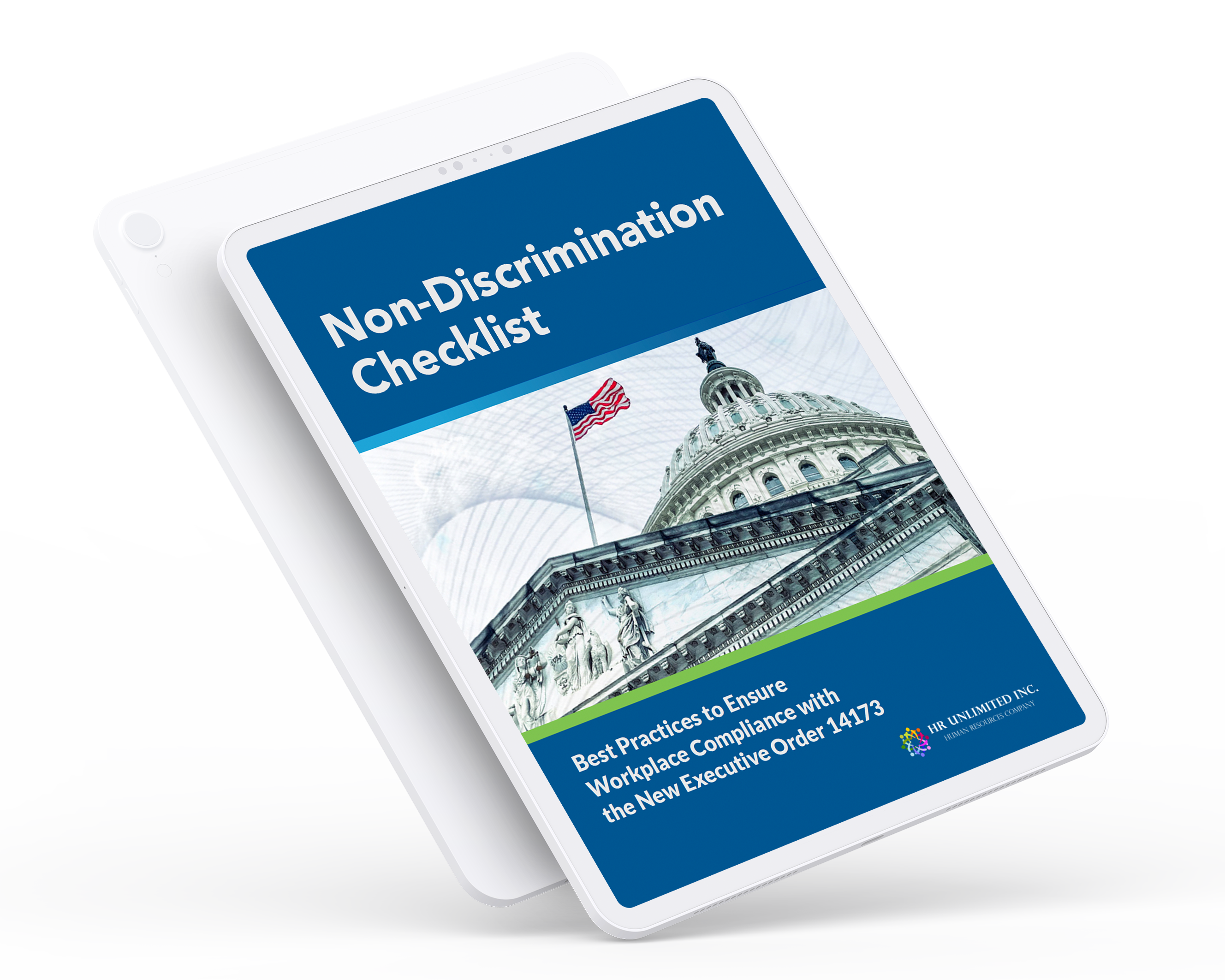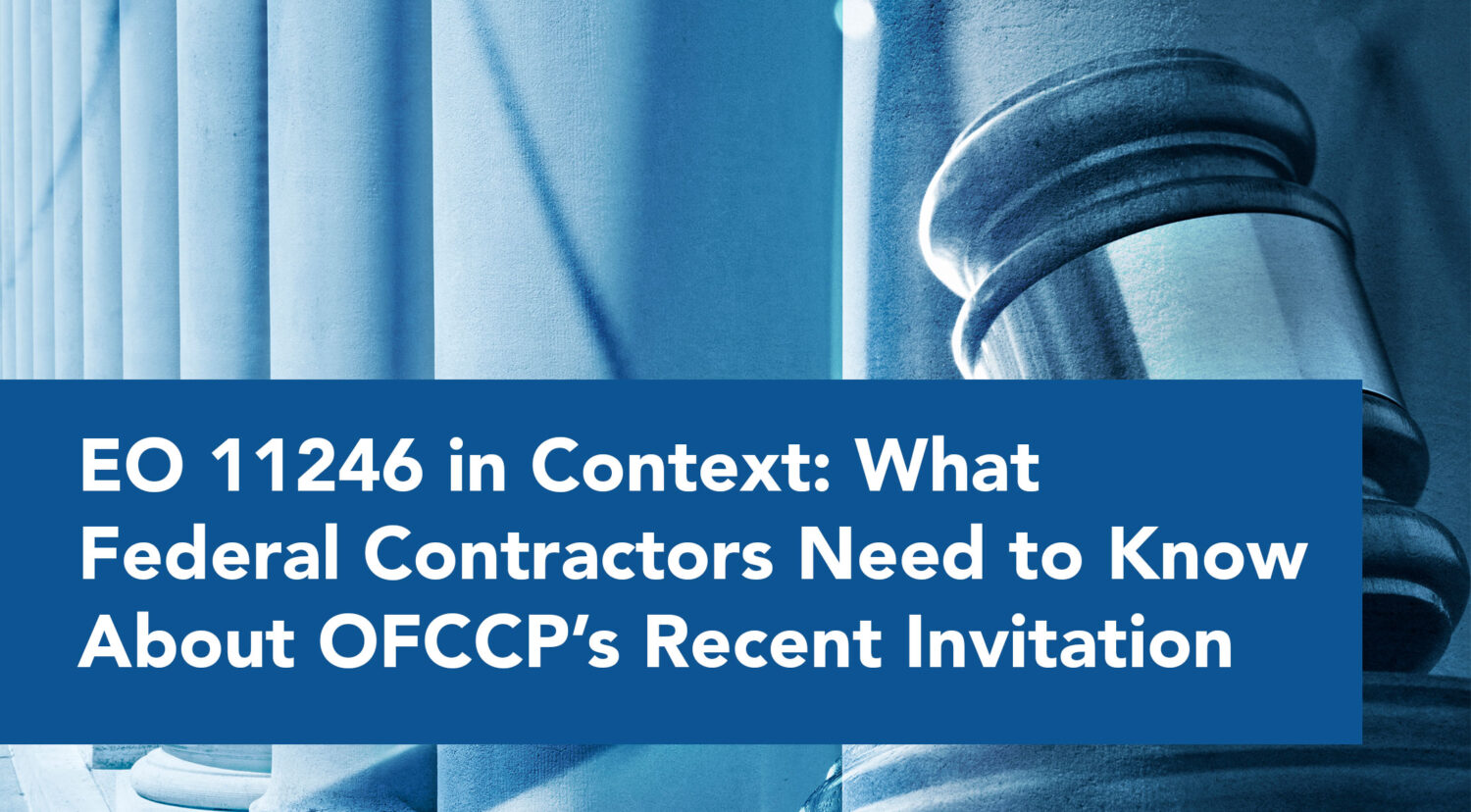

On Sept. 11, the Equal Employment Opportunity Commission (EEOC) announced it would not be renewing it’s request to collect EEO-1 Component 2 pay data after it’s current authorization from the Office of Management and Budget expires.
“At this time, the unproven utility to its enforcement program of the pay data as defined in the 2016 Component 2 is far outweighed by the burden imposed on employers that must comply with the reporting obligation,” the EEOC said in a statement.
While the news is likely to put employers at ease, it did not affect the recent obligations to report 2017 and 2018 Component 2 data. And employers will still be required to hand over some data. As part of the EEOC’s new notice of information collection regarding the Employer Information Report (EEO-1), the agency is seeking authorization to continue collecting EEO-1 Component 1 data for another three years.
The EEOC’s recent decision comes after a federal court upheld a requirement calling for employers to turn over compensation and hours worked information in the EEO-1 Report along with general demographic data. The reporting requirement was originally designed under the Obama administration to help the EEOC identify pay gaps and target specific employers, industries, or geographic regions to investigate pay discrimination practices. The Component 2 data required employers to gather and submit employees’ hours worked and pay information broken down by job category, race, ethnicity, and sex. An appeal against the court’s ruling is still pending.
The EEOC’s move takes the power out of the court’s hands by eliminating the Component 2 data moving forward. The public is invited to comment on the proposal regarding the collection of Component 1 data. The EEOC has been collecting Component 1 data since 1966 pursuant to its requirement on employers to report employee data by job category, ethnicity, race, and sex.
As part of the approval process, the EEOC must conduct an analysis to assess the need for information vs. the burden on employers when collecting the information. The EEOC’s latest burden analysis examined the burden based on the total number of reports submitted by report type and file types, and then estimated an average burden based on the number and types of reports submitted.
With this methodology, the EEOC estimates that the burden associated with submitting Component 1 and 2 data for 2017 would be $614 million, and $622 million for 2018. By contrast, in 2016, the EEOC estimated that the burden to employers for filing only Component 1 report would be $53.5 million in each of 2017 and 2018.
“Despite the significant increase in burden, however, the EEOC believes the proven utility of Component 1 to EEOC’s mission justifies its continued collection,” the EEOC said in a statement. “Component 1 EEO-1 data serves as a valuable resource for EEOC’s analysis of industries and regions as well as for investigators in assessing allegation of discrimination. Therefore, the EEOC believes that the continued collection of Component 1 is necessary for the proper performance of the agency’s functions and fulfillment of the agency’s mission.”
The new 60-day notice will impact 90,000 EEO-1 filers. It will apply to the next EEO-1 report in March 2020.
To submit pay and hours worked data, employers can utilize the EEOC’s web-based portal, which opened on July 15, 2019. Alternatively, employers can utilize the EEOC’s data file upload function and validation process.





